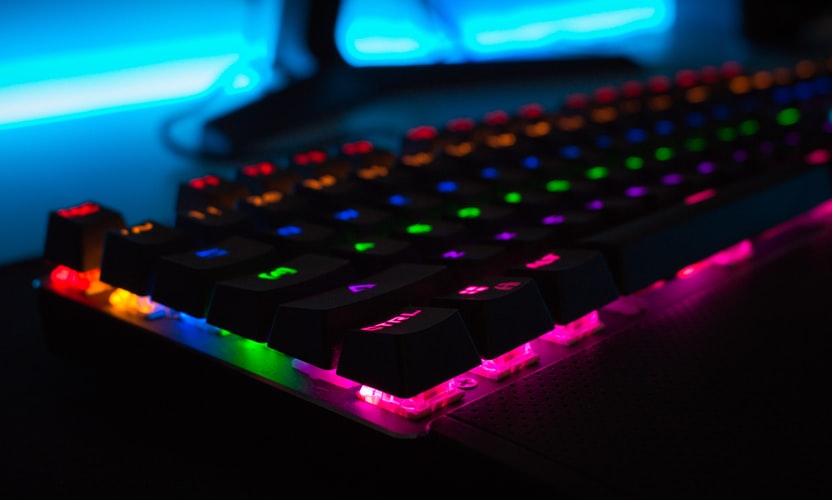Few would have predicted that Mahjong, a centuries-old Chinese pastime, would become a standout hit in the crowded world of mobile gaming. Yet today, millions of players swipe and match tiles with the same focus once reserved for ornate tables and hand-carved sets. The game’s transformation from tradition to touchscreen highlights its universal appeal and enduring challenge. Visit Mahjong365 for example and you’ll find a modern space where this classic has been reimagined for the digital age, reflecting the broader shift that has taken Mahjong from local parlors to global smartphone screens.
From Ancient Tables to Digital Screens
Mahjong began in the Qing dynasty ports of China, where scholars and traders gathered around carved wooden tiles to test their memory and strategy. Unlike many traditional games, this one balanced competition with social ritual, creating an experience that travelled easily across cultures. By the 1920s, Mahjong had reached the West and became a fashionable craze in American and European circles.
The unchanged, simple structure is what has allowed Mahjong to cross into the digital age with ease. Its clean, logical gameplay needs only tiles and a set of rules, making it a perfect candidate for mobile developers. What once required a heavy box and a full table now fits in the palm of a hand, ready for quick games on commutes, breaks, or late nights.
The Rise of Mobile Mahjong Apps
The explosion of mobile gaming over the past decade has opened the door for classic table games to reach entirely new audiences. According to Newzoo’s Global Games Market Report, the global games market is to generate $183.9 billion per year up to 2026 (with annual growth of 0.5%) and mobile games will continue to account for the highest share of the profit. This surge has created opportunities for traditional games to adapt and thrive in digital form.
Mahjong, with its strong social roots and structured gameplay, has been among those to benefit. Once limited to living rooms and parlor tables, the game now finds a home on smartphones and tablets. Players seeking both nostalgia and mental challenge have embraced the convenience of mobile play, helping Mahjong establish a stable presence in the wider mobile gaming ecosystem.
Game Mechanics That Keep Players Hooked
Mahjong succeeds on mobile for one reason – it demands focus, yet feels effortless to play. Players match tiles in carefully planned sequences, balancing quick instincts with long-term strategy. No elaborate graphics or complex tutorials are needed. Tap, swipe, think. That simplicity creates flow – players barely notice hours passing as they clear board after board.
Its universal design sets Mahjong apart. While streaming services invest heavily in localized content to satisfy global markets, Mahjong’s symbolic tiles and consistent rules translate instantly anywhere. There’s no text to translate, no culture to decode. Whether played for a few spare minutes or an entire evening, the game’s perfect loop of tension and release keeps players hooked far beyond the first match.
Mahjong’s Place Among Mobile Classics
Few traditional games have transitioned to mobile with the same staying power as Mahjong. Titles like Solitaire and Sudoku also dominate app stores, yet Mahjong offers a distinctive challenge. Players must track dozens of unique symbols, predict sequences, and plan multiple moves ahead. This balance of memory and foresight creates a more layered experience than simple number or card matching.
The game’s tactile origins give it a natural advantage on touchscreens. The visual satisfaction of sliding and matching ornate tiles feels close to the original table experience. As mobile gaming matured from casual time-fillers to brain-training favorites, Mahjong found its niche. It quietly demands skill without overwhelming the player, securing its place alongside the most downloaded classics.
The Social Side of Mobile Mahjong
The strength of this game lies not only in its gameplay, but also in the connections it creates with ease. Developers recognized this core value and gave mobile Mahjong players options to enter private rooms, exchange messages during live play, and join seasonal tournaments that run around the clock. The ease of connecting with others anywhere, anytime, has turned quick matches into lasting rivalries and unexpected friendships.
Offline, however, Mahjong still holds its role as a vital social glue. In remote towns, Mahjong clubs are known to function as a social lifeline in rural areas, giving older players a reason to gather, share stories, and build community. Mobile play extends that legacy by offering a digital space for players who may be far apart yet still find connection over the familiar pattern of tiles.
What is Next for Mobile Mahjong
The future of mobile Mahjong lies in refining, not reinventing. Developers are prioritizing smoother matchmaking, faster load times, and clearer tile designs to improve accessibility for players of all ages – from Gen Z to Boomers. Seasonal tournaments and time-limited challenges are becoming the norm, giving loyal players fresh reasons to return without compromising the game’s familiar structure.
Unlike trend-driven mobile titles that rely on constant updates and novelty, the game’s appeal has always been rooted in stability. Its digital evolution will continue by strengthening community features and expanding global matchmaking. In a market where most games fade fast, Mahjong stands out for one reason – players return not for surprises, but for the satisfaction of mastering a timeless game.


